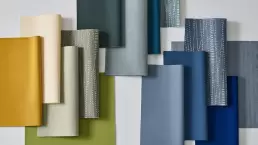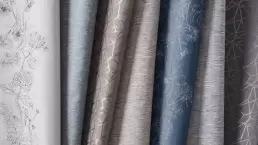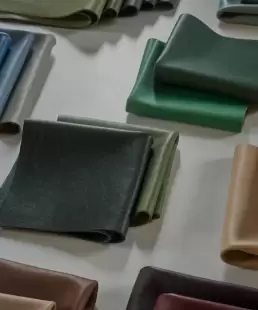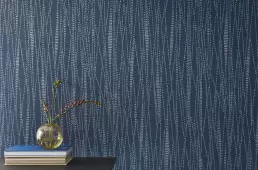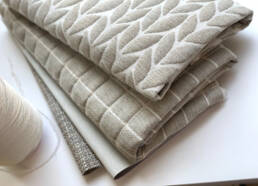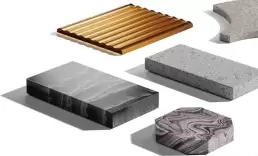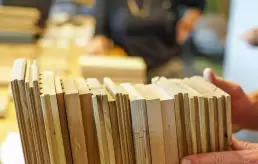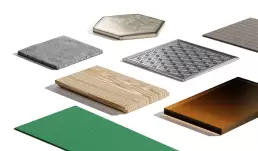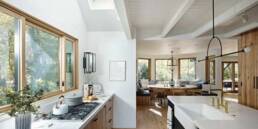In architectural design and home renovation, the selection of finishes plays a pivotal role in defining a space’s aesthetics, functionality, and ambiance. Finishes are typically categorized into two primary types: hard finishes and soft finishes. Understanding the distinctions between these categories is essential for making informed design decisions that align with both the structural requirements and the desired atmosphere of a space.
Hard Finishes
Hard Finishes refer to the permanent, structural elements within a residence. These materials are typically durable and long-lasting and form the foundational backdrop of interior spaces. Common examples include:
- Flooring: Hardwood, tile, stone, and concrete fall under this category. Each offers unique benefits; for instance, hardwood provides warmth and timeless appeal, while tiles are celebrated for their durability and ease of maintenance.
- Wall Treatments: This encompasses paint, wallpaper, wood paneling, and ceramic tiles. These treatments protect walls and contribute significantly to the room’s character.
- Countertops: Surfaces made from granite, marble, quartz, or butcher block are integral in kitchens and bathrooms, balancing functionality with aesthetic appeal.
- Cabinetry and Millwork: Built-in elements like cabinets, baseboards, crown molding, and door frames are essential components that define a home’s architectural style.
The selection of hard finishes requires careful consideration, as they are often cost-intensive and challenging to modify post-installation. Factors such as durability, maintenance, aesthetic alignment, and budget should guide these decisions.
Advantages of Hard Finishes
- Durability and Longevity: Hard finishes are known for their resilience. Materials like stone, tile, and hardwood can withstand daily wear and tear, making them ideal for high-traffic areas.
- Aesthetic Appeal: They offer a wide range of textures, colors, and patterns, allowing homeowners to achieve various design styles, from rustic to contemporary.
- Ease of Maintenance: Many hard finishes are easy to clean and maintain, which benefits households with children or pets.
- Value Addition: With their durability and timeless appeal, quality hard finishes can increase a home’s resale value, making them a wise investment for any home renovation project.
Soft Finishes
Soft Finishes In contrast, soft finishes encompass the decorative, non-permanent elements that enhance comfort and inject personality into a space. These include:
- Textiles: These include upholstery fabrics, curtains, rugs, bedding, and throw pillows. Textiles introduce color, pattern, and texture, contributing to the room’s warmth and coziness.
- Accessories: Decorative pieces like cushions, throws, and table linens fall into this category, offering opportunities for seasonal updates and personalization.
- Wall Hangings: Tapestries, fabric wall art, and soft panels add visual interest and can soften the acoustics of a room.
Soft finishes are generally more affordable and easier to update, allowing homeowners to refresh their interiors in response to evolving tastes or trends. They are crucial in layering a space, adding depth, and creating a lived-in feel.
Advantages of Soft Finishes
- Versatility: Soft finishes can be changed seasonally or according to trends, allowing homeowners to update their decor without significant investment.
- Comfort: They add warmth and coziness to a space, enhancing a home’s overall comfort.
- Personalization: Soft finishes offer an avenue for personal expression through various colors, patterns, and textures.
- Acoustic Benefits: Items like rugs and curtains can help absorb sound, reducing noise levels within a home.
Key Differences
- Permanence: Hard finishes are typically permanent and form the backdrop of your interior design, while soft finishes are flexible and can be easily updated or replaced to refresh a space’s look.
- Functionality vs. Aesthetics: Generally speaking, hard finishes often serve functional roles, providing durability and structural integrity. Soft finishes primarily contribute to the aesthetic and comfort aspects of a room, allowing for personalization and style expression.
- Selection Process: Choosing hard finishes requires careful planning, as they are long-term investments that set the tone for the overall design. Soft finishes offer more flexibility, enabling adjustments to trends or personal preferences over time.
- Maintenance: Hard finishes typically require less frequent maintenance but may involve more intensive cleaning methods; soft finishes may need regular upkeep, like laundering or dry cleaning.
- Cost Implications: Hard finishes usually represent a more significant investment due to material and installation costs, while soft finishes are generally more affordable and easier to replace.
Harmonizing Hard and Soft Finishes
- A cohesive interior design and successful home renovation involve a thoughtful balance between hard and soft finishes. Here are some tips to harmonize the two:
- Color Coordination: Ensure that the color palettes of hard and soft finishes complement each other. For instance, pairing neutral-toned hard finishes with vibrant soft furnishings can create a balanced look.
- Texture Mixing: Combining different textures adds depth to a space. For example, a sleek marble countertop (hard finish) can be softened with plush bar stools (soft finish).
- Pattern Balance: If your hard finishes have bold patterns, opt for subtle patterns in your soft finishes, and vice versa, to avoid visual clutter.
- Functional Considerations: Choose finishes that align with the room’s function. For example, in a living room, durable hard flooring can be paired with a soft area rug to delineate space and add comfort.
Selecting the Right Finishes for Your Home Renovation
Choosing the appropriate combination of hard and soft finishes requires careful consideration of several factors:
- Lifestyle Needs: Assess the occupants’ daily activities and requirements to ensure that the finishes selected align with their lifestyle.
- Budget Constraints: Determine the budget allocation for hard and soft finishes, balancing quality and cost-effectiveness.
- Aesthetic Goals: Define the desired look and feel of the space to guide the selection of finishes that achieve the intended design vision.
- Maintenance Requirements: Consider the upkeep involved with each finish to ensure that it aligns with the occupants’ willingness and ability to maintain the space. Collaborating with design professionals can provide valuable insights and recommendations tailored to the project’s needs and preferences.
Our Services
Our Service Offerings To cater to diverse client needs, we offer tailored home renovation and design services:
- Bronze Package: Focuses on schematic layouts for homeowners who do not require finish selection but need expert guidance on layout and feasibility.
- Silver Package: Includes detailed design drawings for accurate contractor pricing without assistance in selecting finishes.
- Gold Package: Our most popular option, offering both design drawings and expert guidance on selecting hard finishes for a cohesive look.
- Platinum Package: A comprehensive service covering both hard and soft finish selection through a collaborative design process.
One of the things that sets us apart from other architects is our ability to translate your wants, needs, and desires into a beautiful space that becomes an extension of you. You become an integral part of the team should you select any of these design packages.
Conclusion
The thoughtful selection of hard and soft finishes is paramount in crafting functional and aesthetically pleasing spaces during a home renovation. By understanding the distinct roles these finishes play and considering factors such as durability, maintenance, and personal style, homeowners can create harmonious interiors that stand the test of time. Let us be part of your home renovation journey by contacting us today!

